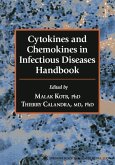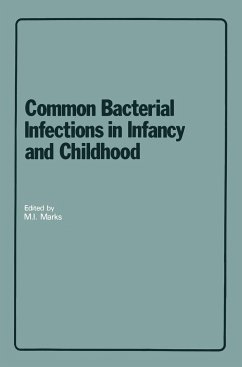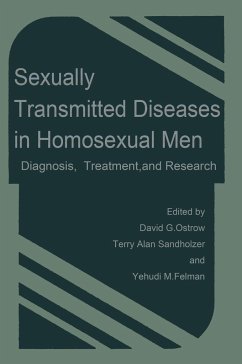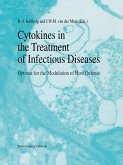International textbooks on infectious diseases and antibacterial chemotherapy are usually written for readers in North America and Europe. In many ways, they are not appropriate for the prob lems encountered in developing countries. This book, in contrast, intends to define the rules of antibacterial chemotherapy practised under conditions of limited resources. It is meant for everyone con cerned with the use of antibiotics in developing countries, includ ing doctors, medical assistants, pharmacists, officials in health mio isteries, and medical students. Throughout the book, treatment recommendations are made for 1 antibiotics from the WHO list of essential drugs. For example, em phasis has therefore been put upon chloramphenicol as a stable, unexpensive and widely available oral agent suitable for the treat ment of severe bacterial infections like septicemia and meningitis. So-called "international chemotherapy" with modem cephalospor ins and acylaminopenicillins has been outlined for comparison. Since it is the aim of the book to base treatment recommenda tions on data from developing countries, many data on the etiology of common bacterial infections in developing countries have also been included. Most of the data are from African, English-speak ing developing countries, but references have been made to the lit erature on South East Asia, India or Papua New Guinea, where appropriate. On the other hand, pertinent data were not available in every instance, so that several statements and recommendations had to be made as "best guess". The authors are aware of these imperfections and will welcome comments from the readers.








